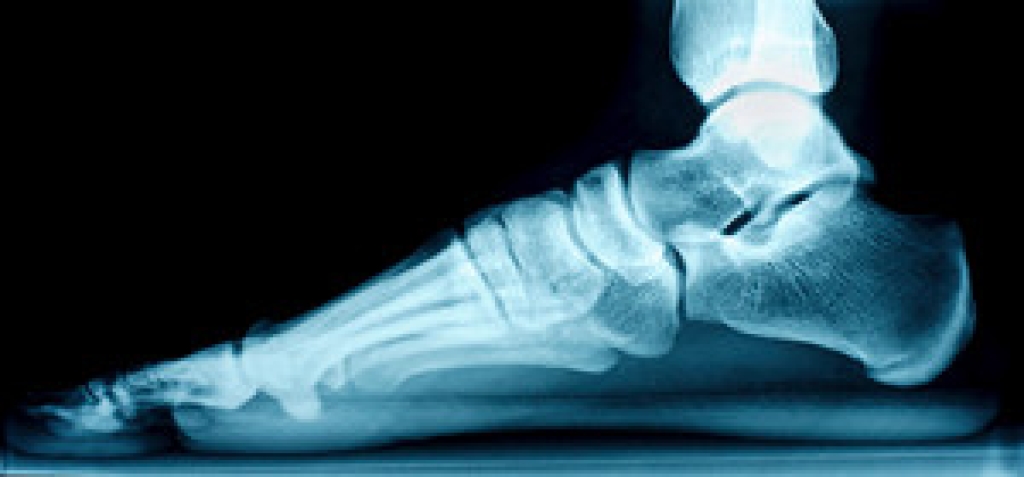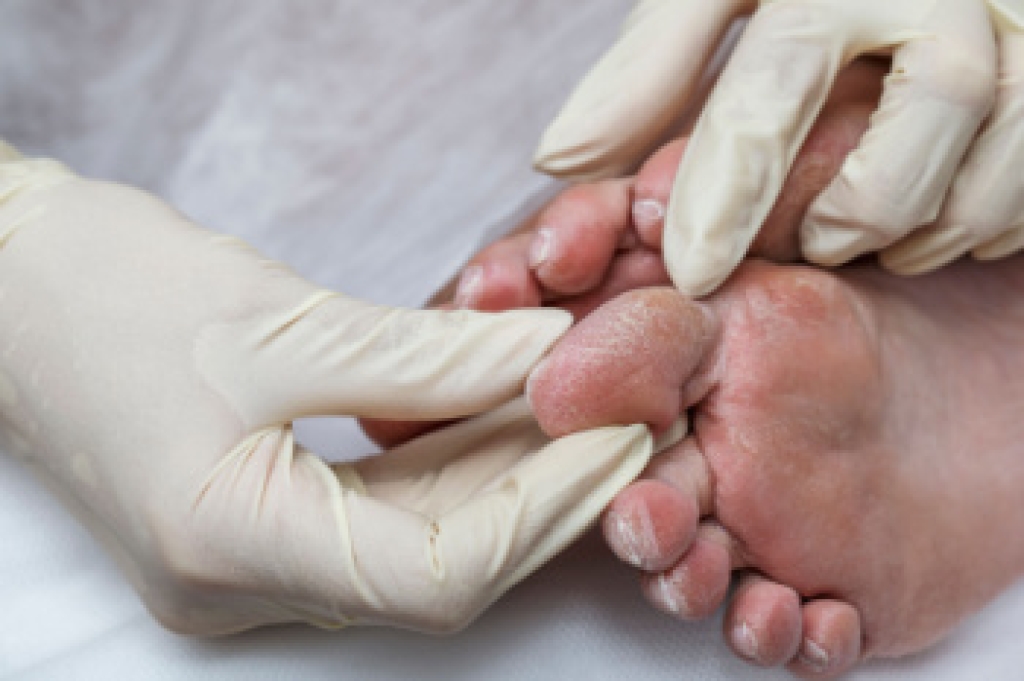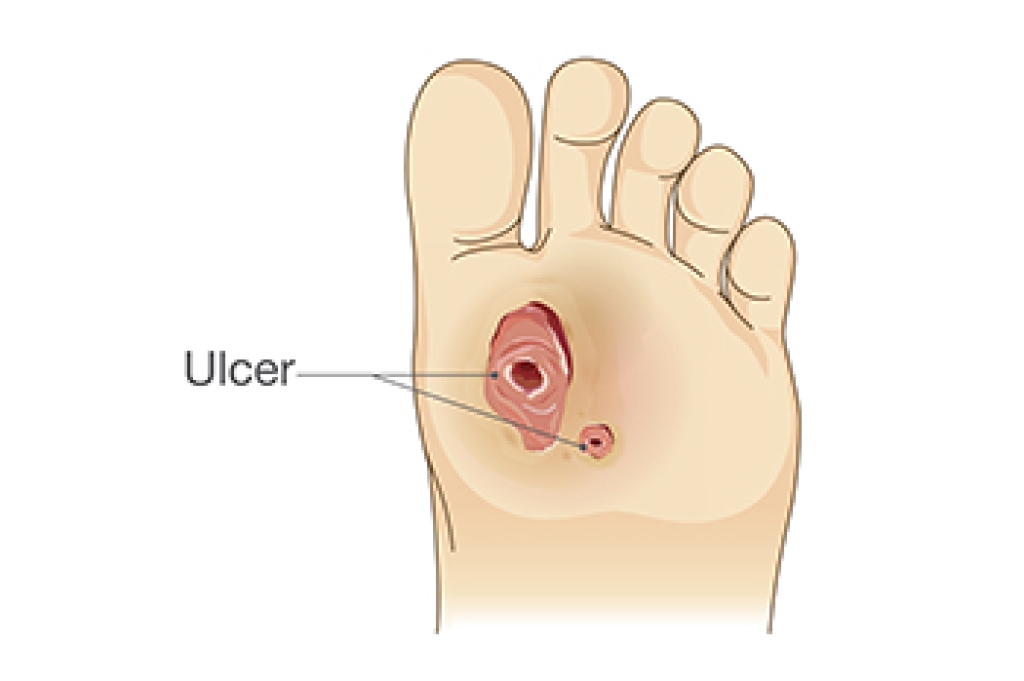
Flat feet occur when the arches of the feet collapse or fail to develop properly. Variants include flexible flat feet, where the arch appears when not standing, rigid flat feet with no visible arch, adult acquired flat feet that develop over time, and vertical talus, a rare congenital condition, causing a “rocker-bottom” appearance of the foot. Causes may involve genetics, injury, arthritis, or muscle and tendon dysfunction. Symptoms include foot pain, swelling, and difficulty standing or walking for long periods. A podiatrist can assess the type of flat feet you have, provide custom orthotics, recommend strengthening exercises, and address any underlying conditions. If flat feet are causing discomfort or mobility issues, it is suggested that you consult a podiatrist who can offer effective relief and management tips.
Flatfoot is a condition many people suffer from. If you have flat feet, contact one of our podiatrists from Westside Podiatry Center, LLP. Our doctors will treat your foot and ankle needs.
What Are Flat Feet?
Flatfoot is a condition in which the arch of the foot is depressed and the sole of the foot is almost completely in contact with the ground. About 20-30% of the population generally has flat feet because their arches never formed during growth.
Conditions & Problems:
Having flat feet makes it difficult to run or walk because of the stress placed on the ankles.
Alignment – The general alignment of your legs can be disrupted, because the ankles move inward which can cause major discomfort.
Knees – If you have complications with your knees, flat feet can be a contributor to arthritis in that area.
Symptoms
- Pain around the heel or arch area
- Trouble standing on the tip toe
- Swelling around the inside of the ankle
- Flat look to one or both feet
- Having your shoes feel uneven when worn
Treatment
If you are experiencing pain and stress on the foot you may weaken the posterior tibial tendon, which runs around the inside of the ankle.
If you have any questions, please feel free to contact one of our offices located in Liverpool, Camillus, Skaneateles, Oswego, and Cicero, NY . We offer the newest diagnostic and treatment technologies for all your foot care needs.




